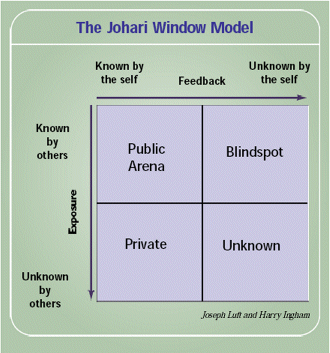 In an attempt to capture stories that didn’t receive much face time on most news sites, here are this month’s “Between the Cracks” picks:
In an attempt to capture stories that didn’t receive much face time on most news sites, here are this month’s “Between the Cracks” picks:
Fortune Cookie Payout (via AZ Central)
One hundred ten people from 26 states won from $100,000 to $500,000 each in the U.S. powerball lottery (totaling $19 million) by betting on a series of numbers they found in a fortune cookie. It made for an expensive night for Powerball, with winners beating the odds in a game with a 1 in 3 million winning combination.
‘Ginormous’ Tops Non-Dictionary Word List (via Yahoo!)
The editors of Merriam-Webster dictionaries got more than 3,000 entries when, in a lighthearted moment, they asked visitors to their Web site to submit their favorite words that aren’t in the dictionary. First place went to “ginormous” — bigger than gigantic and bigger than enormous — followed by “confuzzled” for confused and puzzled simultaneously, and “whoot,” an exclamation of joy. A “lingweenie” — a person incapable of making up new words — placed 10th. I’m guilty of using ginormous as often as humanly possible.
Xbox 360 Demos Running on Macs (via CNet)
Yup, just a week after Microsoft’s Bill Gates blasted Apple’s iPod as being “toward the end of its life” (among other anti-Apple statements), Microsoft released a statement saying that they, in fact, were using Apple G5 desktop computers to power their demonstration video illustrating the powers of the new XBox 360. The statement read, “We purchased a number of Apple G5’s because very specific hardware components of the G5 allow developers to emulate some of the technology behind future Xbox products and services.” What the heck does that even mean?
Have more to contribute? Leave a comment, per favore.
 Yesterday, a
Yesterday, a  I was trying to figure out where April Fool’s Day originated, or why many European languages call it “Fish of April”. (For example, Italy calls the day Pesce d’Aprile and France calls it Poisson d’Avril.) I found the following blurb at
I was trying to figure out where April Fool’s Day originated, or why many European languages call it “Fish of April”. (For example, Italy calls the day Pesce d’Aprile and France calls it Poisson d’Avril.) I found the following blurb at